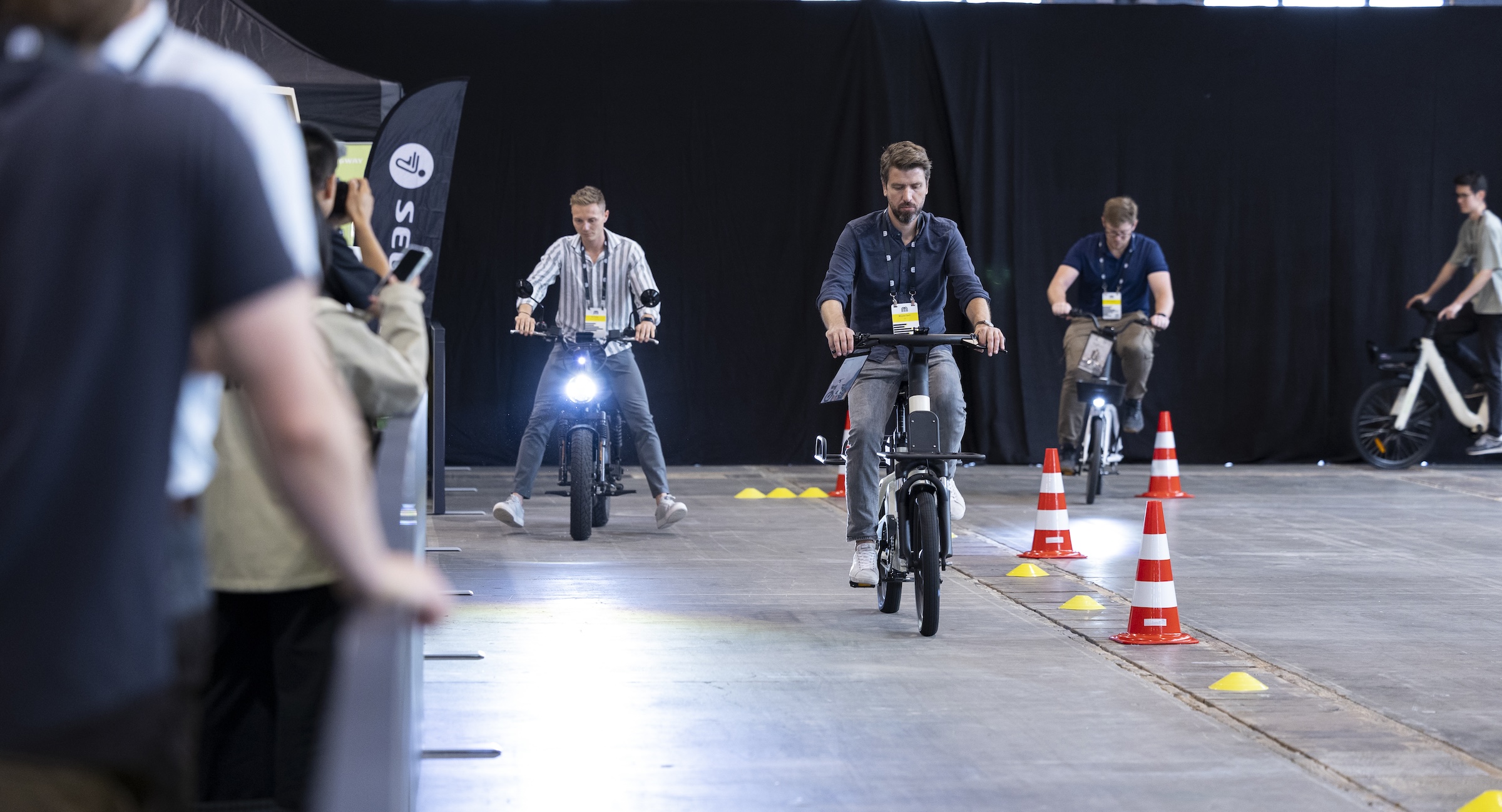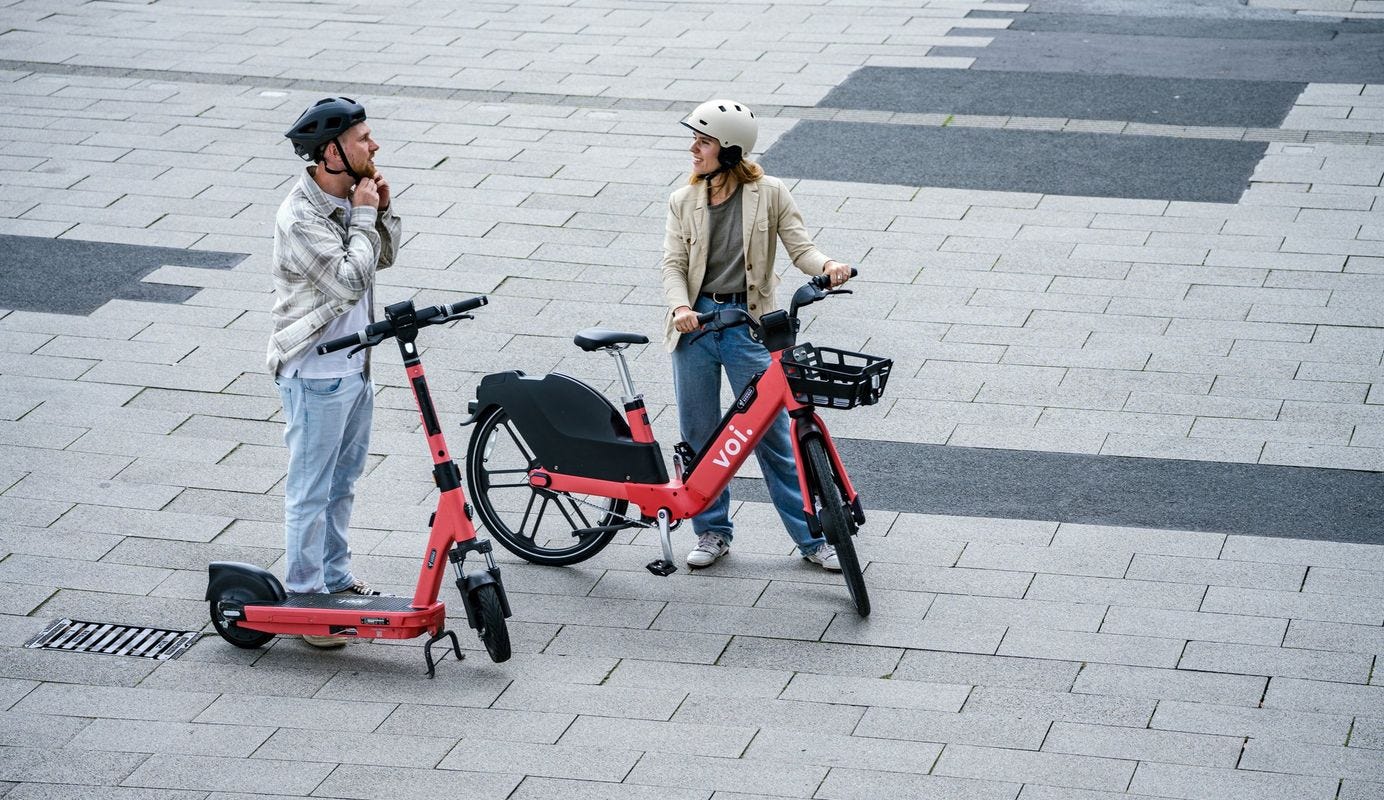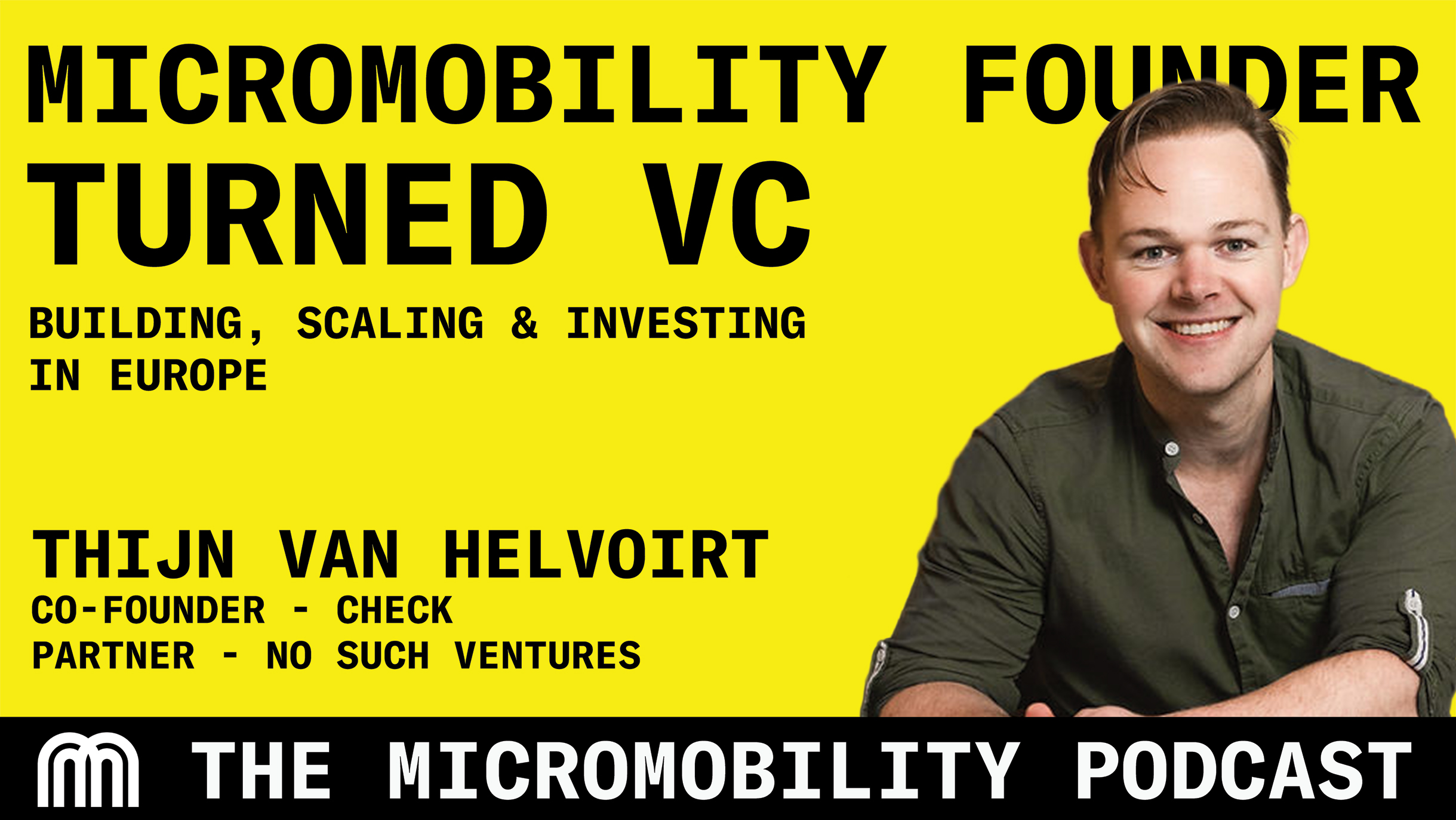We tend to think about what happens when cars get smart but what if we ask what happens when smartphones get wheels?
The car began as an invention in 1886 and reached initial adoption of 10% within its first “foothold” market of the United States by 1922. As can be seen in the following graph, in a "pre-globalized" world, the initial markets for cars were car-producing countries and each country “motorized” on the basis of formation of a domestic auto industry and domestic industrial champions.
For current motorization rates, see OICA data here

In the US Ford established the Ford production system and ran away with adoption and market share until GM established the flexible assembly system which then created the essential duopoly that led into the middle of the 20th century. In France and UK replication of the production system was delayed by wartime exigencies but proceeded apace thereafter.
The anomalous German delay was due to a cultural aversion to assembly technologies which de-valued skilled labor compounded by a rigidity in labor mobility. Nevertheless, Germany (and Italy) followed with motorization post-war.
Japan, Korea and China followed in the late 20th century with their own replication of best practices with advances in just-in-time and constraint-based optimizations.
At this point in time, in the early part of the 21st century, the questions regarding innovations in this mode of transport are related to conversion of consumption rather than, what I would argue is more salient, conversion of non-consumption. Car ownership in developed markets is at saturation but there is plenty of non-ownership in less-developed markets.
We despair with congestion and pollution and resource misallocation for the car because it’s so prevalent. In parts of the world where the car isn’t as prevalent, it is still a source of aspiration. As a result, the total number of cars continues to expand, even though we seem to have enough of them in the US and Europe and Japan.
As a proxy, see the motorization of India and imagine it for African states.
The result is that the total number of cars is growing. The following graph shows the total registered vehicles (i.e. in use) world-wide since 1960. The graph ends in 2016 but the trend is clear.

This is not a hopeful image. The over-abundance of autos leads to quality of life issues and it would not be healthy to see this abundance reach billions more. In cities alone, an additional 2.5 billion inhabitants will reside by 2050 relative to today. Cities cannot absorb an addition billion cars (50% motorization rate). That would be more than doubling the urban car population we have today!
But note there is a second data set overlaid on the car graph: the total smartphones in use world-wide.
The smartphone began as an invention in the 1990s (arguments still exist on genesis) but it reached mainstream in about 2008 with the launch of both Android and iPhone. In the US market smartphones reached 10% in about 2009.
Since then smartphones reached 3 billion users and are still growing their base. Think about that: 0 to 3 billion essentially in 10 years. The car reached a billion users in 2009, about 100 years after the Ford production system kicked into gear.
So smartphones as a technology generated a 10x faster ramp than cars. This far faster adoption has to do with cost but not with complexity. Cars are simpler than smartphones when considering the demands of core breakthroughs required to make them happen.
When looking forward to the future of cars we ask if this incredibly powerful technology of computing, communications, sensing and intelligence that powered the personal computer, the internet and the smartphone can be brought to the car. Surely the century-old motorized chariot can benefit from these technologies!
I argue this is the wrong question to ask.
The car can and surely did benefit from semiconductors, computing technologies, sensors, etc. It absorbed hundreds of innovations even before that: material science—rubber, glass, plastics, controls for combustion and efficiency, safety through sensors, and on-board entertainment and communications.
The car absorbs whatever suits the car. Automotive executives tout how many trillions of lines of code reside in their cars (absurd as it may sound it’s a number bigger than what Facebook needs to operate).
Even though the car absorbs technology it does not get transformed by it. The car is still the car and the job it does is still the same. If you have something new you wish to include please wait, the car will get to it in the next decade or two.
So let’s not ask if the car can benefit from smartphone technologies. Let’s ask Can the smartphone benefit from having wheels?
This is a strange question. Rather like asking if a computer can benefit from having a network connection. Or whether a computer can benefit from having a music player.
A product which is transformed by improvements that nobody asks for is usually no longer itself and becomes that improvement.
A smartphone with wheels is a computer that asks what it means to transport people or things. It could be a robot, or just a motor with GPS or it could be a scooter or an ebike.
Micromobility is as much an idea about minimal mobility as it is about computers with wheels. The two concepts cannot be separated because one is the outcome and the other is the means to that outcome.
As you think about the future of mobility consider the previous futures of computing, media, communications and the futures of healthcare, finance and education. These futures came or will come not from within by embedding new technologies. They came from outside with new technologies embedding existing jobs to be done.
The implication will be profound for the states and industrial bases where motorization took hold. The first graph above shows not only who was first and who followed with cars but also who will be first and who will follow with smartphones on wheels.

.svg)
%2Bcopy.jpeg)


.svg)












